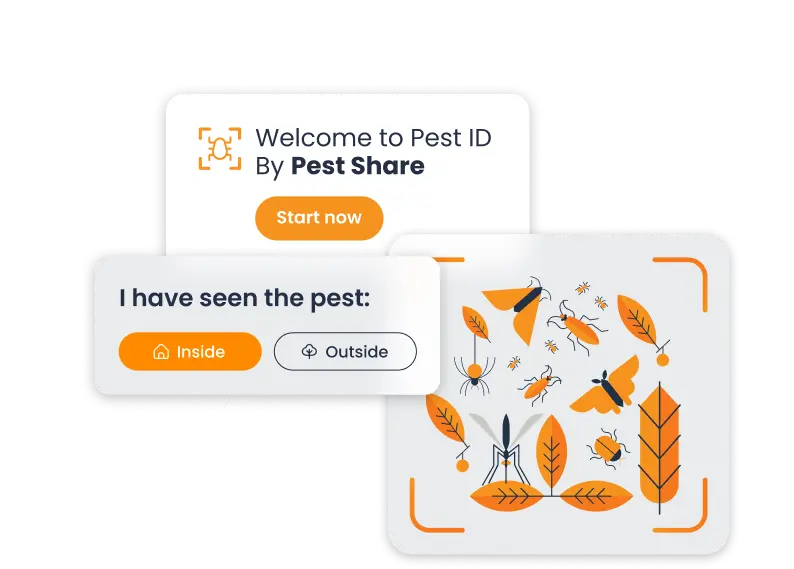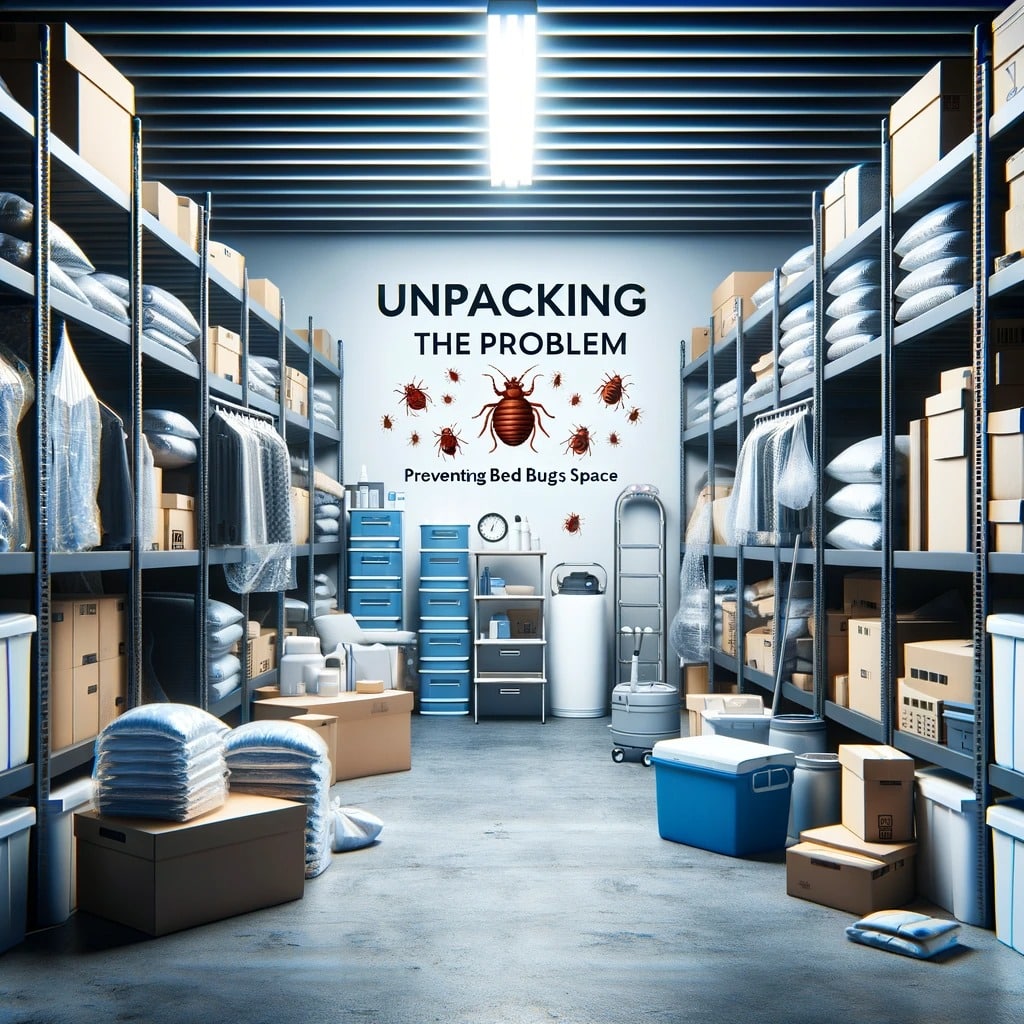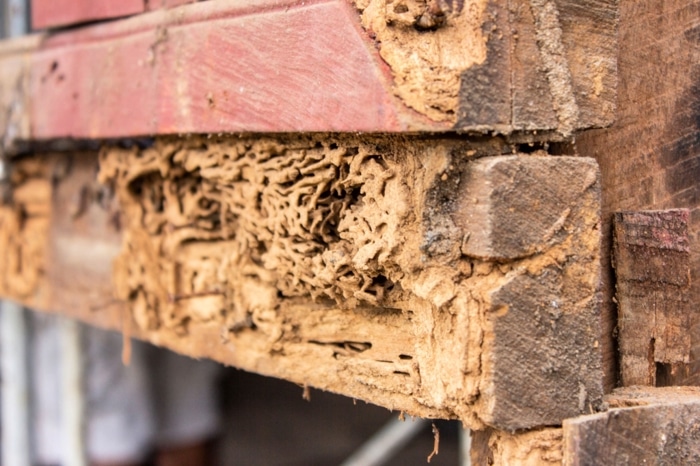If you’ve been managing apartments for a while, you already know that pest issues don’t wait for a convenient time. They show up on weekends, holidays, right before move-ins, and usually just after you thought everything was finally under control. That’s why proactive pest management isn’t just a “nice to have”—it’s a system that helps your property stay one step ahead, every single day of the year.
Pests Don’t Operate on a Calendar—They Follow Conditions
The biggest misconception we see from new property managers is thinking pests are seasonal. Sure, mosquitoes are worse in the summer, and you hear more about mice in the fall, but that doesn’t mean the rest of the year is pest-free. In reality, different pests peak at different times, and many—like cockroaches, ants, and even bed bugs—can cause problems year-round if the environment suits them.
In some climates, termites are active twelve months a year. Rodents will keep coming if there’s easy access to food and shelter. Cockroaches love warmth and humidity, which your utility rooms, basements, and laundry facilities can provide nonstop. A small overlooked crack in a door seal or a forgotten bag of trash near the dumpster can be enough to invite an issue that grows silently for weeks before you even know it’s there.

Smarter Pest Control, Fewer Headaches.
Playing Catch-Up Doesn’t Work—You Have to Stay Ahead
There’s a difference between reactive and proactive management. Waiting for residents to call with pest complaints is what reactive looks like. It’s also the kind of management that leads to angry reviews, frustrated maintenance teams, and costly treatments when the infestation has already gotten out of hand.
Proactive pest control flips the script. You’re not just spraying when someone reports an issue—you’re inspecting, sealing, cleaning, and communicating before pests even have a chance to settle in. You’re working with your pest provider to identify pressure points, schedule routine treatments, and build in prevention from the start. It’s not just solving problems—it’s eliminating opportunities for problems to begin with.
When your approach is proactive, you’re not constantly scrambling. Your teams know the plan. Your residents stay satisfied. And you dramatically reduce the chances of a major outbreak that blows your maintenance budget or puts you in the spotlight for the wrong reasons.
Proactive Pest Control Starts Before a Single Unit Is Treated
Effective year-round protection isn’t just about scheduled service visits. It starts with the way you set up your property for success. That includes everything from dumpster placement to sealing utility lines. If your trash areas are always overflowing, or landscaping crews are leaving debris against exterior walls, it’s going to attract pests—and no amount of spray is going to offset that.
I’ve seen properties fix major pest issues just by adjusting irrigation schedules or trimming back tree limbs. Pests like rodents and ants often use overhanging branches as bridges into upper-level units. On one property, we had ongoing rodent complaints that finally stopped when we cut back two big oak trees and sealed the utility closets better. No chemicals involved—just good proactive maintenance.
And then there’s the often-overlooked part of educating residents. That doesn’t mean handing them a flyer once a year. It’s about including pest prevention in move-in walkthroughs, lease addendums, and seasonal communication. When you teach people what attracts pests—and what they can do to avoid them—you multiply your efforts without lifting a finger.
Cost Control Comes From Prevention, Not Cleanup
There’s a real budget impact tied to how you handle pests. Reactive treatments often cost more, take longer to resolve, and sometimes require multiple follow-ups or unit relocations. If you’ve ever had to move a resident out for fumigation or chase down reimbursement for pest-related damages, you know how fast those expenses add up.
With proactive management, the costs are predictable. You build the pest program into your operational plan. You spread it across the year. And you avoid big surprises. Yes, there’s still an investment—but it’s smaller, more consistent, and tied to long-term protection rather than last-minute damage control.
Think about it like HVAC filter replacements. You don’t wait until a unit overheats to change the filter. You schedule regular swaps so the system runs efficiently and doesn’t break down. Pest control works the same way—it’s infrastructure maintenance, not an emergency service.
Protecting Property Value Means Thinking Long-Term
Pests aren’t just a short-term nuisance—they can chip away at your property value over time. Rodents chew wiring and create fire hazards. Termites compromise structural wood. Cockroaches can trigger health issues and lower resident satisfaction. Even if the damage is invisible to the naked eye, it’s still there—undermining your assets little by little.
In multifamily spaces, one pest issue rarely stays isolated. A roach problem in one unit can quickly jump into others through plumbing lines and wall voids. That turns one call into several—and if you’re not ahead of it, you’re soon dealing with the kind of situation that’s hard to walk back.
Properties with strong pest programs show better during tours, pass inspections more easily, and retain residents longer. Renters want clean, well-maintained places, and pests are one of the quickest ways to lose trust. You might have granite countertops and stainless-steel appliances, but if someone sees a bug, that’s the only thing they’ll remember.
Partnering With the Right Provider Makes the Difference
Not every pest control company is built for the demands of apartment communities. You need a partner who understands multifamily operations, communicates clearly, and offers flexible, scalable programs that fit your buildings. One-size-fits-all won’t work here.
That’s where Pest Share stands out. We help property managers take a smart, consistent approach to pest protection without putting more work on their plate. Our plans focus on prevention, early detection, and real-time response—so you’re never left wondering what’s been done or what needs to happen next.
We also handle resident-driven pest requests directly, keeping your staff out of the loop unless action is needed. It’s a hands-off model that still gives you full visibility and control. And because it’s part of the lease structure, there are no billing surprises or pushback from residents—it’s just part of how your property runs, like lawn care or trash service.
Stay Ahead, Stay Protected
There’s a simple truth in property management: if you’re not taking care of the small stuff early, it will become big stuff later. That’s what makes proactive pest control such a critical part of long-term property success. It’s not about reacting to every little complaint. It’s about building systems that work behind the scenes, 24/7, all year long.
When your pest plan is proactive, your property runs smoother. Residents are happier. Reviews stay positive. And you avoid the kind of crises that derail your day—or your reputation.
If you’re ready to stop reacting and start leading, proactive pest control is one of the smartest moves you can make. It protects your investment, supports your team, and keeps the property environment exactly how you want it—clean, safe, and pest-free. Always.






